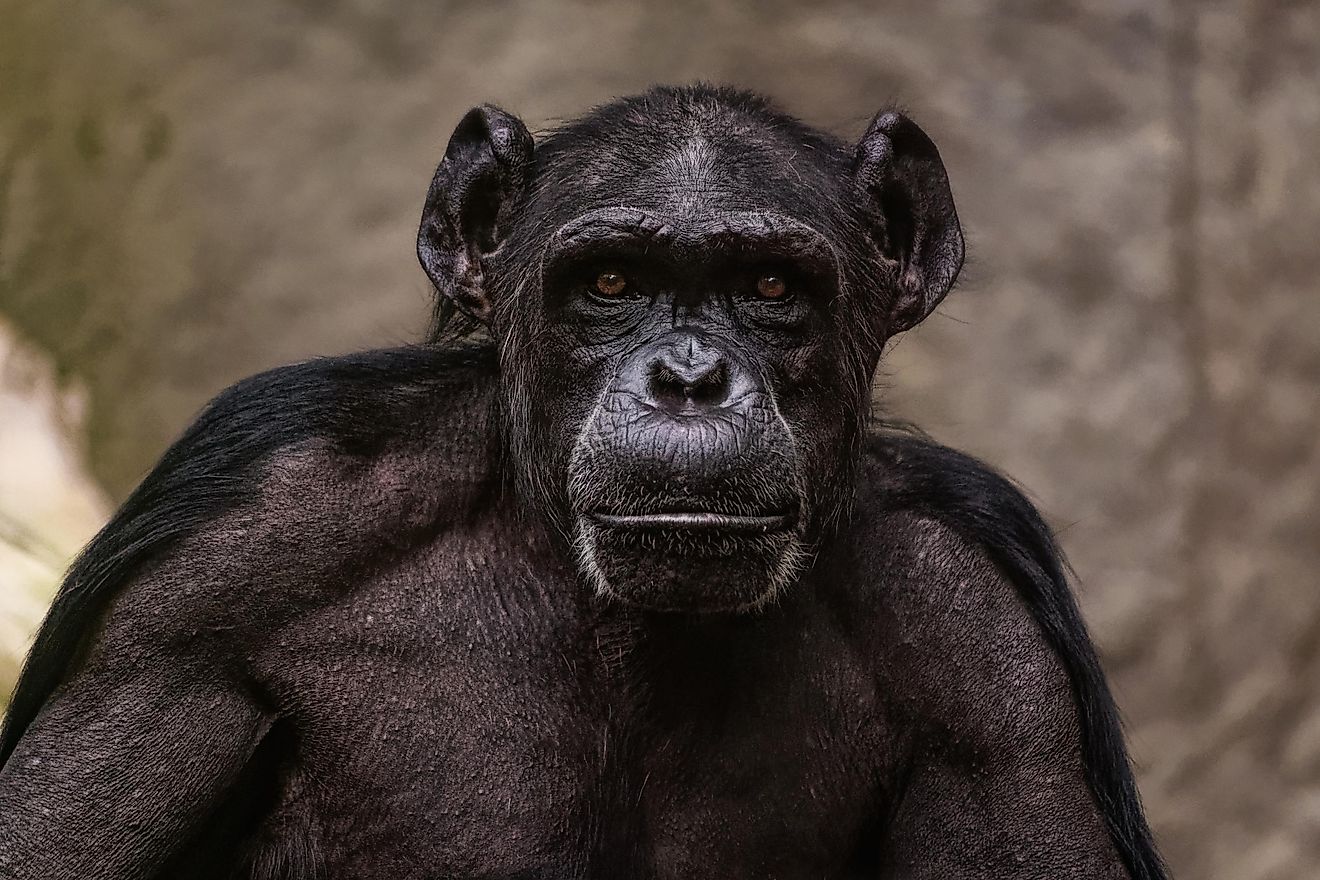What is Social Transformation?

Social transformation refers to the process of change in institutionalized relationships, norms, values, and hierarchies over time. It is the manner in which society changes due to economic growth, science, technological innovations, and war or political upheavals. Social transformation affects people’s interactions and lifestyle. Regarding individuals, social transformation refers to the process of altering the social status of one’s parents to resemble their current status. During this process of transformation, one moves from an ascribed status to an achieved status.
Ascribed Status Versus Achieved Status
An ascribed status is the social status into which a child is born. For instance, there are people born into wealthy families while others are born into families with low-incomes. In the United Status, gender and racial differences form a basis for people’s ascribed statuses. On the contrary, an achieved status refers to the status that one acquires as a result of their education, skills, merit, and abilities. Examples of achieved status include doctors, professors, criminals, and researchers. A person’s status determines their behavior. The other forms of class identification include family background, tastes, interests, cultural refinement, and self-identification.
Culture and Globalization
Today, social transformation is evidenced by two significant concepts, namely culture and globalization. Culture refers to the distinct way of life of a particular group of people. It differs from one society to another depending on their geographical locations, literacy levels, advancements in technology, and political environments. Culture includes the beliefs, morals, laws, customs, and art related to society. On the other hand, globalization refers to the standardization of education policies, trade, ideas, music, art, and lifestyle around the world. The integration of cultures has occurred so much that the world is now known as a global village.
Steps in Social Transformation
There are three steps involved in the social transformation which include associational embracement, associational distancing, and presentation of self. Associational embracement refers to an individual’s verbal recognition and acceptance of the group they wish to join. An example of such verbal recognition is when an aspiring law student chooses the college that they would like to join to pursue their Law Degree studies. Associational embracement may either be proactive embracement or retroactive embracement. Associational distancing, on the other hand, involves separating oneself from people who do not match their desired social identity. Social transformation involving the presentation of self-demands that one’s looks pass for their desired social status. Therefore, people become careful about their speech and clothing to belong to certain statuses. Embracing the dressing patterns and the speech styles of the status they desire to be a part of makes individuals “look the part.”
Social Transformation in Popular Culture
Social transformation and class passing are widespread in the society today. Behavior is easily passed along to various audiences through the internet, television, films, and celebrities. For example, Britney Spears and Oprah Winfrey are perfect examples of personalities that are categorized as class-passers. Popular shows such as “Who Wants to Be A Millionaire” seeks to transform people into a wealthy status.











